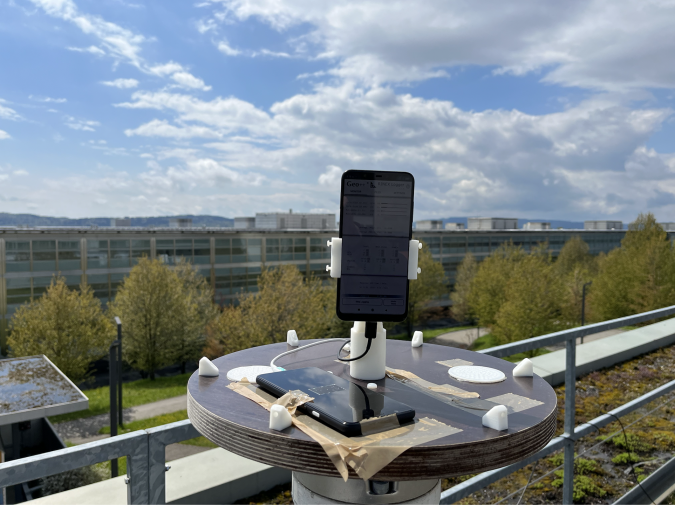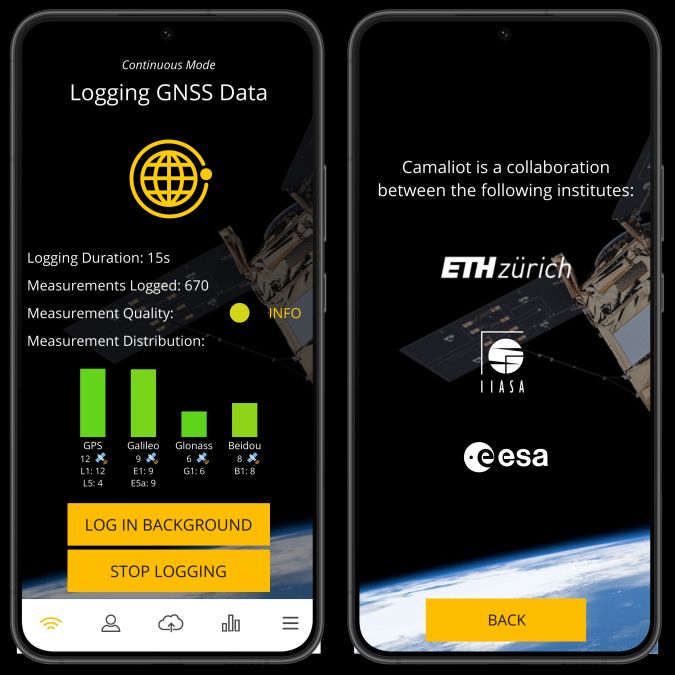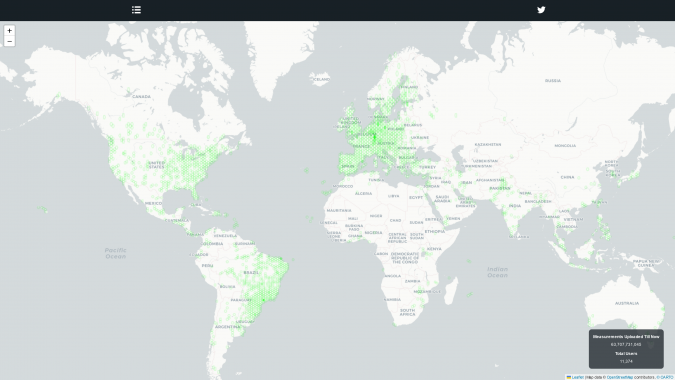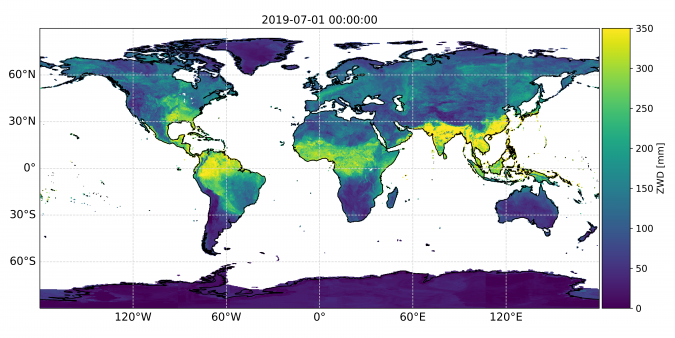The release of Android version 7.0 in 2016 allowed users to access raw data transmitted by the Global Navigation Satellite System (GNSS) for the first time. More recently, it has become possible to receive even more raw GNSS data due to the capability of some Android mobile phones to record data at multiple frequencies and from additional satellite systems. The innovations in these domains have translated into a new source of untapped big data that can not only improve navigation but can also be applied to other scientific areas, for example to improve weather forecasting.
Tapping into New Sources of Raw GNSS Data
Location information has become an indispensable part of our daily routine, whether we use a navigation system to get from A to B, access location-based information from our mobile phones, or upload location-tagged photographs to social media. There are now many other sensors besides mobile phones that have location capabilities, for example the distributed array of the Internet of Things (IoT), sensors that underpin smart city applications and, increasingly, wearables. However, open availability of the data and the ability to receive the GNSS data in more than one frequency, which has benefits in terms of improved positional accuracy by correcting for atmospheric errors, are currently still limited.
Recognizing the opportunities emerging from the possibility of acquiring GNSS data with smartphones for scientific applications that go beyond navigation led to theCamaliot项目这是由欧洲航天局在其下资助的两个姊妹项目之一NAVISP Element 1程序。由...领着ETH Zurich,该团队已经证明,如果将GNSS数据记录下来,则不同的双频率Android手机模型可以记录GNSS数据,以确切确定大气参数,如果放置在静态位置,并具有空中视图的静态位置(例如,外部位置,请参见图1)。下一步是找到一种在更广泛的地理区域内较长时间内收集数据的方法。

使用Camaliot移动应用程序扩展
为了扩展数据收集,我们开发了Camaliot移动应用程序对于Android手机,可从Google Play商店获得。这是一个轻巧的应用程序,用于在后台记录RAW GNSS数据(图2)。用户可以看到在每个数据记录会话期间,有多少卫星从不同GNSS星座(例如GPS和Galileo)提供数据。彩色条表示测量的质量;视图越毫不关心,质量越高。质量也可能会受到手机天线的良好程度的影响,这在手机型号之间有所不同。该应用程序可以在后台完全运行,并且使用很少的电池。
一个会话完成后,用户可以上传data to the CAMALIOT server and contribute to the crowdsourced database. A new feature that automatically uploads the data at hourly intervals was implemented recently. The data collected by a particular user can also be downloaded by that user in RINEX format and used for their own purposes. Eventually, the database will become available through ESA’sGSSC门户, along with tools to process the raw GNSS data from mobile phones and other sources such as geodetic stations and drones. Note that the data will be completely anonymized and GDPR-compliant to ensure data privacy.

Billions of Measurements Collected with Crowdsourcing
为了通过Camaliot Mobile应用程序启动数据收集,2022年3月17日启动了众包活动,以鼓励世界各地的用户下载该应用程序并贡献GNSS数据。该活动的详细信息可以在Camaliot网站along with avideo这解释了数据收集活动背后的概念。现在,超过11,000名参与者贡献了超过600亿个全球分布的测量值(图3)。众包的GNSS数据将补充现有的大地测量站的数据,从而在缺乏站点的地方扩展网络,并在存在站点的地方致密。我们希望随着竞选活动的继续填补一些空白。

To encourage participation, the app has a competitive element in which users have the opportunity to win奖品。其中包括双频率Android手机,亚马逊凭证和包含Camaliot和其他赞助商品的糖果袋。众包活动的参与者参加了赢得这些奖品的平局,获胜的机会与活动期间上传的测量数量有关。此信息显示在排行榜in the app. We want to show our appreciation to the participants and make the process fun, but also to raise awareness of the value of GNSS data.
We are also offering access to ESA’s GSSC Preview Programme on a first-come-first-served basis to the first 50 users that apply. This is another way for us to thank users for their contributions. TheCamaliot网站提供有关如何申请访问的更多详细信息。
转换众包数据以改善天气预报
来自众包活动的RAW GNSS数据与大地测量站的高质量数据结合使用,以探索天气预报的两种应用,一种与较低的大气(对流层)相关,另一个与空间(Ionosphere)有关。通过计算对流层和电离层中GNSS信号的干扰,我们可以使用机器学习来生产可在操作基础上使用的网格产品进行预测。
For the troposphere, time series of device-specific zenith wet delay (ZWD – Figure 4) are used in combination with meteorological inputs to spatially interpolate and forecast precipitable water vapour. Such measurements can then be assimilated into numerical weather prediction models with the goal to improve the nowcasting of precipitation at a local scale.
Concerning the ionosphere, GNSS measurements allow us to determine the total electron content, which we model on a grid with the help of machine learning. These models can be used to correct ionospheric disturbances that would degrade the positioning performance of single-frequency GNSS devices.

众包活动一直持续到2022年7月31日,因此仍有时间参加。下载Camaliot移动应用程序from the Google Play Store today and contribute raw GNSS data from your phone. You can be part of an ongoing exercise that explores how raw GNSS data can be used for many different applications beyond navigation or you can use the data collected for your own investigations.

